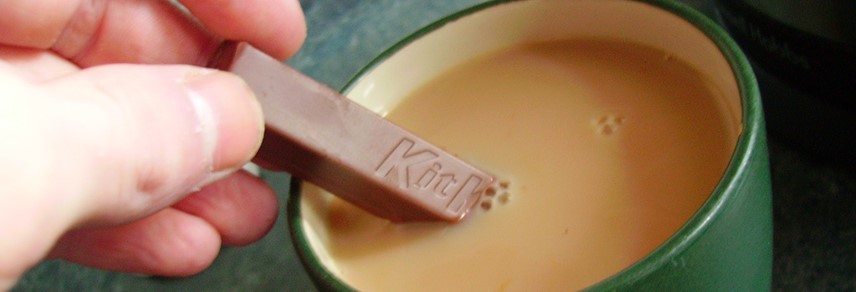
HAVE A TRADEMARK FAILURE, HAVE A KITKAT
The chocolate with the iconic shape and even more iconic tagline, KitKat, can no longer be protected from imitators after losing an 11-year legal battle.
The European Court of Justice (ECJ), Europe’s highest court, ruled KitKat’s chocolate bar did not merit trademark protected status in the EU. The court’s decision was based on the four-fingered chocolate wafer biscuit and its rectangular shape not being adequately well-known across all European countries, with Belgium, Ireland, Greece and Portugal listed as the countries in which KitKat is less popular.
ECJ’s 16,000-word ruling that concluded with Nestlé having ‘no inherent distinctiveness’ was a big defeat for Nestlé, which has spent a lot of time and money during the 11 years the case has been going on. However, Nestlé was not the only one negatively affected by the court’s decision. Mondelēz, the owner of Cadbury, which led the legal challenge, had many of its arguments rejected, while both Mondelez and Nestlé will have to cover their legal bills themselves, since the court didn’t award costs to either company.
However, KitKat’s inability to trademark its shape isn’t necessary going to negatively affect KitKat as a brand. If someone wanted to copy KitKat they would have already done it by now. Furthermore, Nestlé trademarked the brand and its logo, which will protect KitKat from potential copycats.
Elizabeth Finn, managing director of Cowan London, which is part of Cowan, an independent, international design agency that has worked with brands such as Heinz and Ribena, says, “Where brands have distinctive and unique three-dimensional packaging, such as Coke’s iconic glass bottle, they have been trademarked successfully previously. Another example is Toblerone – its shape, designed to resemble a Swiss mountain range, has also been trademarked. Kit Kat’s failure doesn’t mean brands won’t be able to trademark their packaging design or product shape in the future.”
Just because KitKat failed in trademarking the shape of its chocolate, doesn’t mean that companies have lost the right to trademark their original ideas and creations altogether. Finn says, “Brands should make sure that their products are unique and differentiated to trademark it in the first place. And make sure you trademark it early on, because once the copycats start making something similar, you will be too late.”
The feud between the two companies dates back to an instance 16 years ago when Nestlé stood in the way of Cadbury trademarking the purple shade it uses on its packaging. In 2002, KitKat applied for trademark protection at the EU’s intellectual property office. The court initially accepted KitKat’s request, but the case was disputed by Cadbury Schweppes in 2007. That initiated a legal battle through the European courts, which continued even after Cadbury was bought by then-Kraft.
Despite ECJ’s ruling, it seems that this is not the end of the story. Unhappy with the outcome, Nestlé announced the case will now be sent back to the EUIPO board of appeal to inspect the proof Nestlé has filed. “We think the evidence proves that the familiar shape of our iconic four-finger KitKat is distinctive enough to be registered as an EU trademark,” the company says.
For more from Communicate magazine, follow us on Twitter @CommunicateMag.
